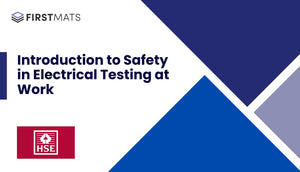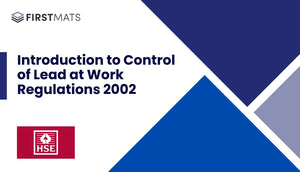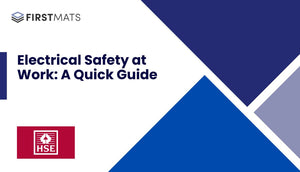Article Index:
Introduction to Safety in Electrical Testing at Work
This guidance, based on the leaflet INDG354(rev1), is designed for those managing or conducting electrical testing. It focuses on controlling risks and preventing or reducing danger arising from these activities, supplementing the information in HSG85 on safe working practices around electrical equipment.
Legal Framework for Electrical Testing
The Electricity at Work Regulations 1989 govern electrical testing activities, emphasizing the need to conduct work near electrical systems in a way that minimizes danger. It includes conducting suitable risk assessments as per the Management of Health and Safety at Work Regulations 1999.
Risk Assessment in Electrical Testing
Risk assessments are essential before testing begins, considering factors like voltage levels, environmental conditions, and the competence of testers. Assessments should determine if work can be done with equipment de-energized or at safe voltage/current levels.
Managing Electrical Testing
Creating a safe working environment with a systematic approach is crucial. It involves informing workers about the risk of electric shock and ensuring they understand the scenarios in which these risks can arise.
Permanent and Temporary Test Areas
Permanent test areas need controlled access, adequate space, and emergency stop mechanisms. Temporary test areas should follow similar precautions, especially when equipment cannot be moved to a permanent test area.
Test Equipment and Electricity Supplies
Supplies to equipment under test should come from designated sockets with appropriate safety features. The use of isolating transformers and residual current devices (RCDs) is recommended to mitigate electric shock risks.
Protecting Testing Personnel
Effective measures are necessary to protect testers from accidental contact with hazardous conductors. This includes using non-hazardous testing voltages, interlocked test enclosures, and creating earth-free areas wherever possible.
Safe Systems of Work
Documenting safe systems of work for testing activities is vital. These should cover who is authorized to undertake testing, how to access test areas, equipment isolation procedures, and emergency response protocols.
Training and Competence
Testers should receive specific safety training related to their work. Training needs to be updated whenever there are changes in product design, test methods, or personnel.
Conclusion
Adhering to these guidelines ensures the safety of employees involved in electrical testing, reducing the risks associated with these activities.







